Electric bikes are taking the cycling world by storm, and if you’re always out on your traditional bike, you’ve at least heard of or considered buying an e-bike before. E-bikes are skyrocketing in popularity for a reason. From folding-ebikes to cargo e-bikes and beyond, they’re a valuable and versatile mode of transportation. Plus, they practically pay for themselves if you use them often.
With all that being said, there is a lotto learn about e-bikes before you buy. Brand, type, features, and more are all important features to consider regarding the actual e-bike, while location, needs, use, and more are all essential to consider regarding your own needs.
With so many factors at play, the electric bike purchase process can seem overwhelming. Thankfully, we’re here to help before you assume the riding position.
Let’s take a look at some important factors to consider before you buy an electric bike so you can discover which one is best for you.
What Types of E-Bikes Are Available?
Just like regular bikes, electric ones come in all shapes and sizes. Each has a slightly different function as they excel in some areas and lack in others. As we said, it all depends on your needs and how you’ll use your e-bike.
Don’t worry, it isn’t complicated. There are only three main types of electric bikes that you need to know about. Equipped with that knowledge, you can figure out exactly what you need before you take your test ride.
We’re going to carefully lay out the essential information so that by the end, you can make an educated decision. There’s no time like the present, so let’s get into it!
Commuter
We’re going to start off with an extremely popular class of e-bike: commuter e-bikes. As the name implies, these battery-powered e-bikes are built for commuting, but they’re useful in plenty of other situations, too.
Getting to work, school, or appointments, running errands, and avoiding traffic (and gas prices) are all benefits of owning a commuter e-bike.
These e-bikes are slightly smaller and more dynamic as their claim to fame is speed. Commuter e-bikes are meant to take you from point A to point B in as little time as possible, so you can think of commuter e-bikes as a transportation alternative instead of cars.
You might want to get a commuter e-bike if you want to avoid morning traffic and save money on gas and maintenance costs. They are particularly helpful in urban areas but can also be used recreationally.
Fat Tire
If you’re a self-proclaimed outdoorsman, listen up: fat tire e-bikes are about to become your new best friend.
These are basically the opposite of commuter e-bikes; they sacrifice speed and dynamics but have excellent control, are slightly larger in frame (and in tires, obviously), and are built for rough conditions and terrain.
Fat tire e-bikes probably aren’t the top pick to get to and from work, but you likely aren’t too concerned with that if you’re considering a fat tire e-bike.
Trails, beaches, dirt roads, woods, and beyond: Fat tires are built to withstand all of them, and you’ll soon find they are the ultimate exploration tool. If you pride yourself on openness, embrace mother nature, and have a strong desire to explore and push further, you may have just found your e-bike.
Fitness
Biking is an excellent workout. You’d be hard-pressed to find another type of exercise that combines excellent cardio, hits many of the major muscle groups, is safe, and lets you be outside.
Fitness e-bikes are a happy medium between commuters and fat tires. Fitness e-bikes are the ultimate workout tool, as they offer versatility and seamless transitions between rest and maximum speed periods during your workouts.
If you recently suffered an injury or chronic pain, cycling might be an appealing option for a workout that’s slightly more intense than walking or jogging, and the electric assist option is there when you need it. No matter why you choose it, biking will ensure you’re staying safe and getting the maximum amount of cardio your body can handle.
Smart Features
Smart e-bikes can come in any of the three previously mentioned versions of electric bikes, but their special features are what sets them apart from the rest of the pack.
Smart e-bikes connect with an app on your phone so you can control everything about your e-bike with the click of a button, including a fingerprint unlock feature. We’d like to see a traditional bicycle do that.
Aside from that, you can lock or unlock your e-bike, track it in the event it gets lost or stolen, record your workouts and rides, customize it with different modes and gears, and so much more. The best ebikes are already versatile, but smart e-bikes take them to another level.
E-Bike Classifications
Now, we know that there are three main different types of electric bikes: commuter, fat tire, and fitness. Each one has an electric motor. This means that, unlike a regular bicycle, an e-bike is subject to being legally categorized by class — specifically, classes 1, 2, and 3.
Classes help the government determine when and where certain vehicles or e-bikes are allowed, so it’s important to remember where you’ll be riding and review your state's laws regarding electric bikes.
Class 1 e-bikes are widely accepted in terms of where you’re allowed to ride, as these are the “slowest” of the three classes. Class 1 basically means there is pedal assist, but the motor shuts off after the e-bike reaches 20mph.
Class 2 e-bikes have a throttle assist and also shut off after the e-bike hits its top speed of 20 mph. The biggest difference is that class 2 e-bikes have a throttle-assisted motor, which means that a rider can reach those 20 mph speeds without pedaling at all. Some state parks and trails won’t allow class 2 because of the throttle assist. For the most part, you can ride class 2 in the places you can ride class 1.
Class 3 e-bikes are much more powerful and are typically commuter e-bikes. The motor only stops helping after the 28 mph threshold, and they are suitable for long-distance or urban travel. However, these e-bikes have heavier restrictions as they’re closer to a motor vehicle like an e-scooter or moped than class 1 or 2.
Power
Mid-drive motors, hub-drive motors, and more: Whether it’s a front hub motor in a front wheel hub, a rear hub motor on the rear wheel hub, or some other form of powerful motor in the bottom bracket leading the way, motor power is an essential feature to consider and ties back into classifications and overall use.
From electric mountain e-bikes to road e-bikes, every Velotric e-bike comes equipped with throttle and pedal assist, meaning you have tons of options regarding your motor power on a ride-to-ride basis.
If you plan on commuting long distances or up steep hills, you will need a powerful electric bike motor and a long bike range. If you plan on using your e-bike primarily for exercise, e-bike motor power and pedal power become much less of a concern.
E-bike batteries are typically rechargeable, with watt hours (wH) noting how many hours it can power your e-bike at one watt. Whatever you do, ensure you have enough power (and battery life) to make your rides enjoyable.
Frame
While the type, features, and classification are absolutely important features to consider when buying your e-bike, the frame can also make or break your e-bike experience. Those handlebars may be cute, but they’re useful, too.
The e-bike frame can matter for practically or appearance. There are five primary versions: small, medium, large, high-step, and step-through. Consider your height when purchasing an e-bike, and frames have much to do with that.
How Do You Know Which E-Bike Is Right for You?
Owning an electric bike is no small decision, so you have to be sure you can confidently say which e-bike fits everything you intend to do with it.
Where do you live? Are there concrete streets or dirt ones? Are you going to commute? Are you going to go off-roading? What’s your budget?
So many questions! Fortunately, we’ve got the answers for you so that you can find the best electric bike for you.
Location
If you live in Los Angeles and want to start taking an e-bike to work, you probably wouldn’t want a fat tire e-bike, right?
Commuter is the obvious choice. But what if you also want to use your e-bike for exercise? Well, owning a commuter or fitness e-bike can work both ways.
You can technically use either one for either activity, but only if you’re in the right environment. If you want to use your e-bike for fitness but also want to take it on trails, you’re looking at a fat tire e-bike.
There’s no point in having a fat tire e-bike for city life, and there’s no point in having a city e-bike for country life. As you’re making your choice, be sure to keep your city's geography in mind!
Use
If you plan on using your e-bike exclusively for exploring the great outdoors, primarily off-road, you’ll likely want a fat tire e-bike.
If you’re trying to avoid spending gas money and hitting traffic on your way to work in a large urban center, a commuter e-bike might be the better fit.
Still, as we described above, it typically isn’t that black and white. It’s normal to want your e-bike to serve different functions, so you should think about how often you’re going to be using it and for what activity.
If you live in a smaller town with a lack of nature or woodland, you can try a commuter or an exercise e-bike. It all depends on your needs.
Price
While they don’t cost an arm and a leg, e-bikes aren’t something everyone can afford on a whim. It can take planning, saving, and careful consideration before you make this purchase, which is why we’ve laid all this information out for you.
Find Your Ride at Velotric
We hope you make Velotric’s e-bike shop a part of your biking journey. We constantly reiterate that life is short, and there’s no point in staying inside for it.
Get out on the bike paths or the roads with us — bike lanes encouraged. We’re happy to have you!
Sources:

























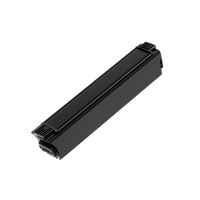
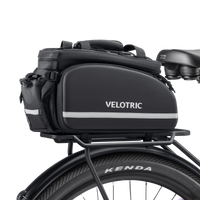

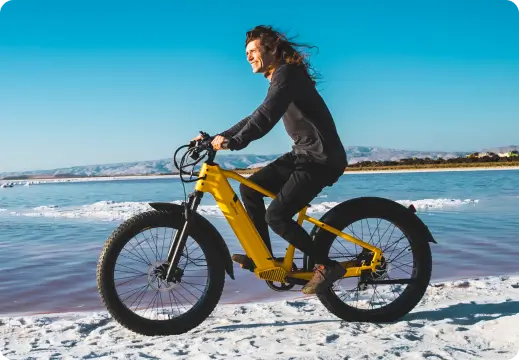






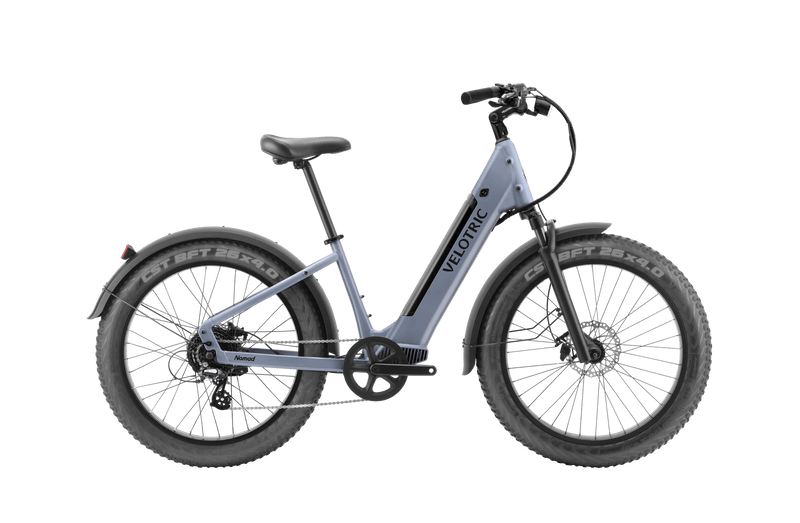

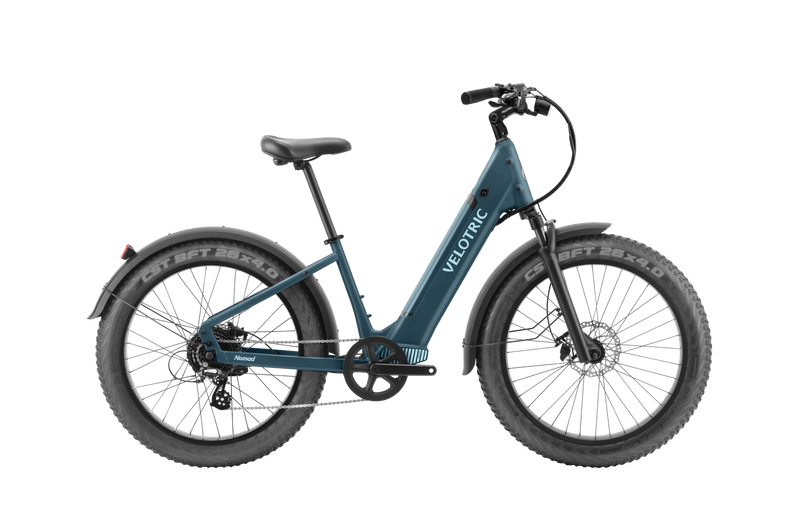
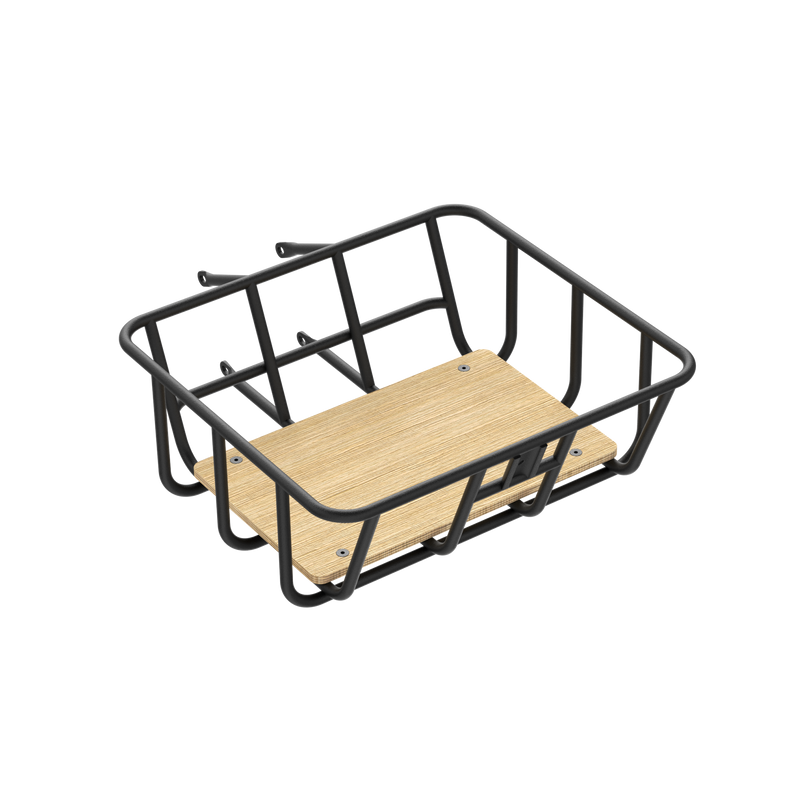
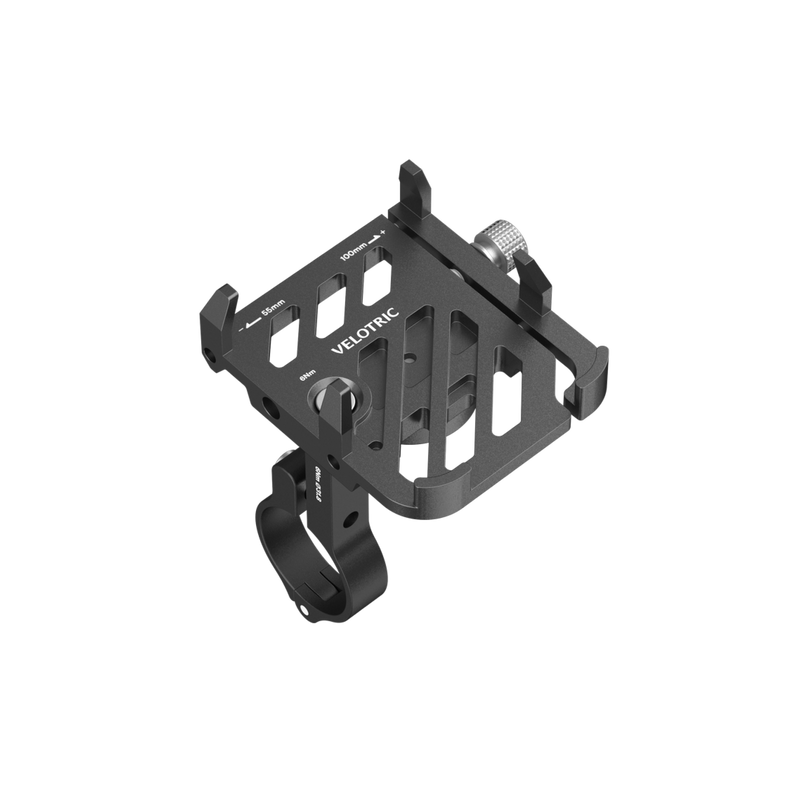
1 comment
I need a replacement extra life battery for my E bike I was looking for a deal and found the 50% off coupon how do I cash in on this deal I’d like to place an order ASAP so I can be riding by next year it is only a week away thank you and kind for any help I receive yours truly. Joshua Pierland